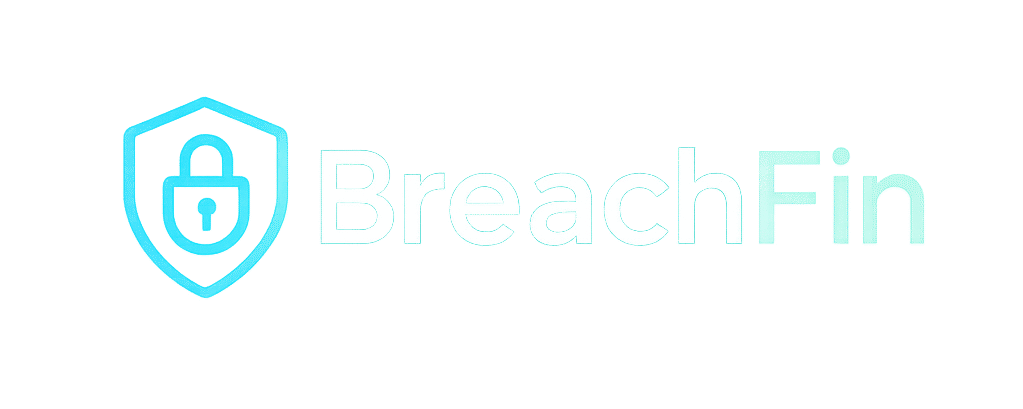Modern websites are assembled from layers of third-party, fourth-party, and dynamically injected JavaScript. But while most organizations track their core scripts, few account for what we call “shadow scripts” — unmonitored, unapproved, or inherited JavaScript code that silently executes in the background.
These aren’t just theoretical risks. Shadow scripts are often the first foothold in client-side attacks. And because they’re overlooked, they linger longer, spread faster, and exfiltrate deeper.
What Are Shadow Scripts?
Shadow scripts refer to:
- Unapproved JavaScript injected via third-party tools (e.g., A/B testing platforms, tag managers)
- Forgotten legacy code left behind from old campaigns or developers
- Nested scripts loaded by a trusted script without visibility into the call chain
- Unauthorized code modifications made directly in the browser after load (via formjacking or DOM manipulation)
If you don’t know where your scripts are coming from, who owns them, or how they change over time, you likely have shadow scripts operating outside your visibility.
Why Shadow Scripts Are Dangerous
- Bypass Compliance Audits
Since they’re often loaded indirectly, they don’t appear in standard audits or CSP policies. - Evade Detection
They blend in with trusted script sources and execute silently in the DOM. - Enable Persistent Threats
These scripts can load malware, steal form data, or inject iframes that mimic legitimate fields. - Compromise Supply Chain Trust
A single vulnerable third-party script can introduce shadow code across every user session.
How to Detect and Defend Against Shadow Scripts
To uncover these threats, organizations need dynamic runtime inspection, not just static asset checks.
BreachFin’s DOM monitoring and script fingerprinting tools detect:
- Any new or modified script loaded after initial page load
- Scripts executing from unexpected domains or inline without a nonce
- Behavioral anomalies such as event listeners on sensitive fields
We alert you in real time, enabling swift action before attackers monetize your users.
Actionable Tips for Web Teams
- Map every script’s source, owner, and purpose
- Use Subresource Integrity (SRI) and nonce-based CSP for inline scripts
- Disable open tag managers or restrict their injection privileges
- Routinely scan pages with tools like BreachFin to compare against baseline script behavior
Final Word:
The cost of ignoring shadow scripts isn’t just PCI non-compliance — it’s data theft, regulatory penalties, and customer trust erosion. As client-side attacks evolve, visibility is the only true defense.
Let BreachFin help you illuminate the shadows in your frontend.

